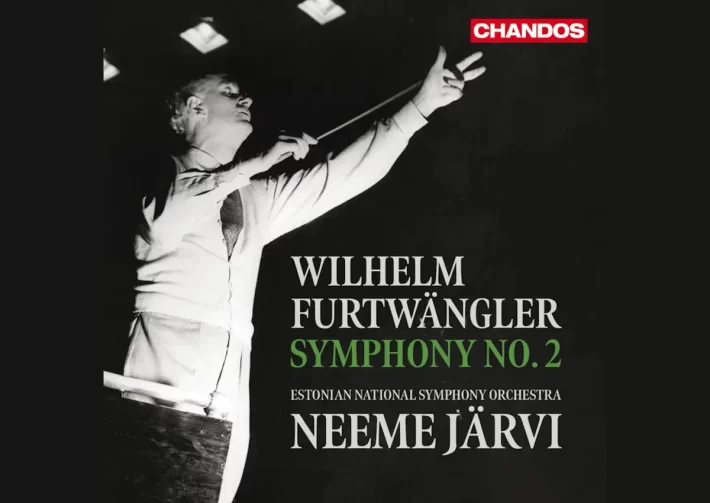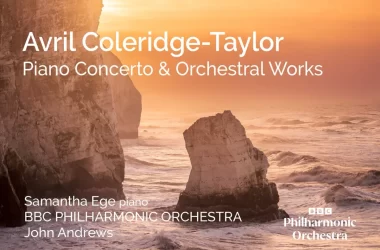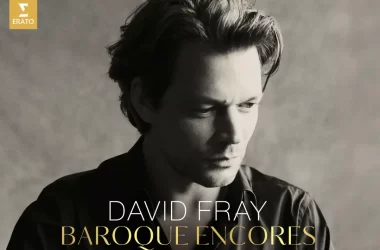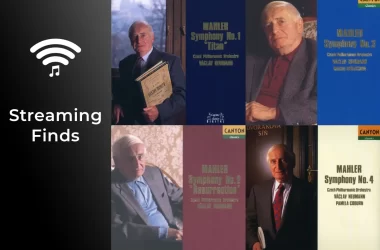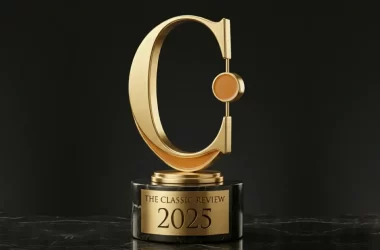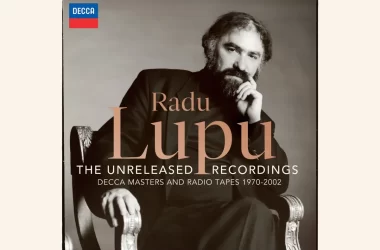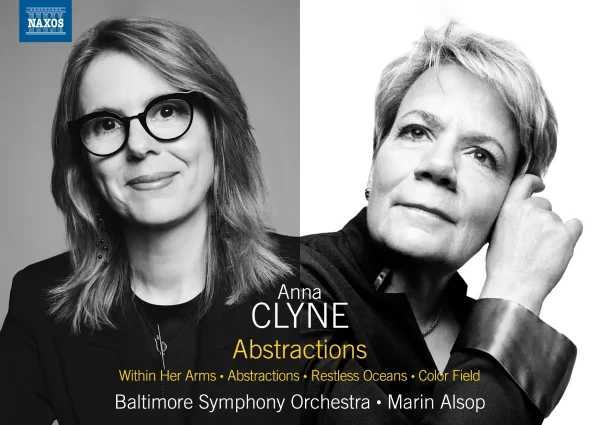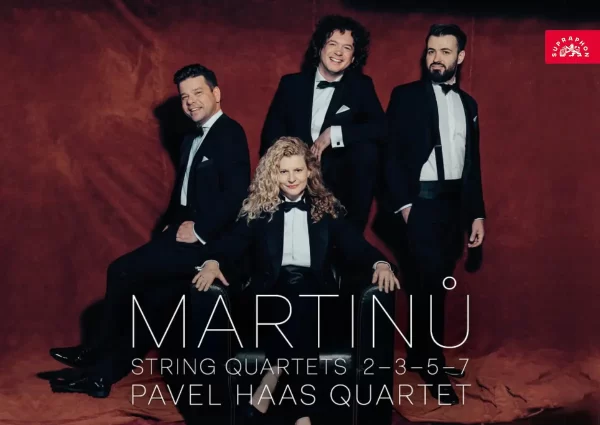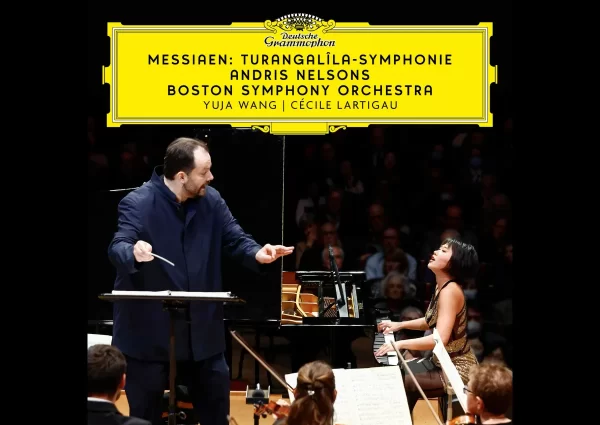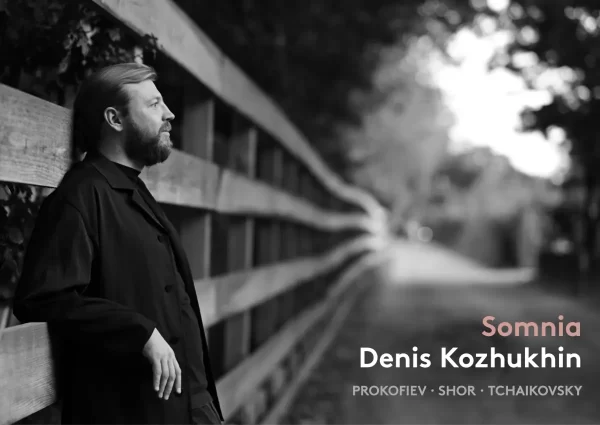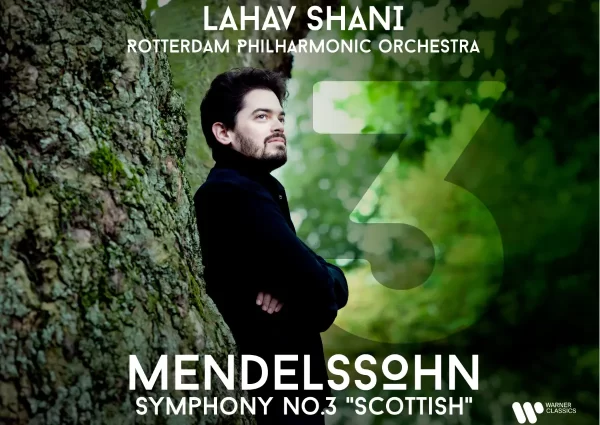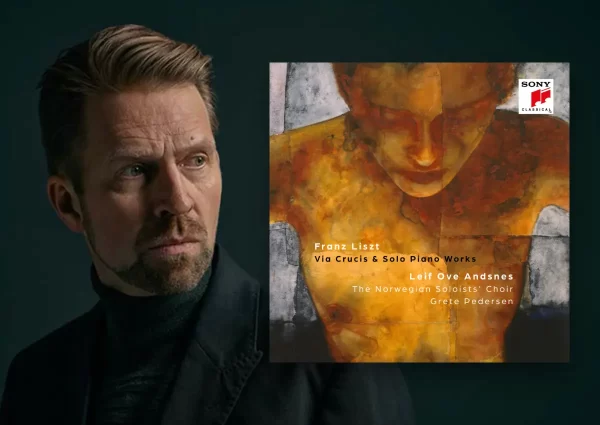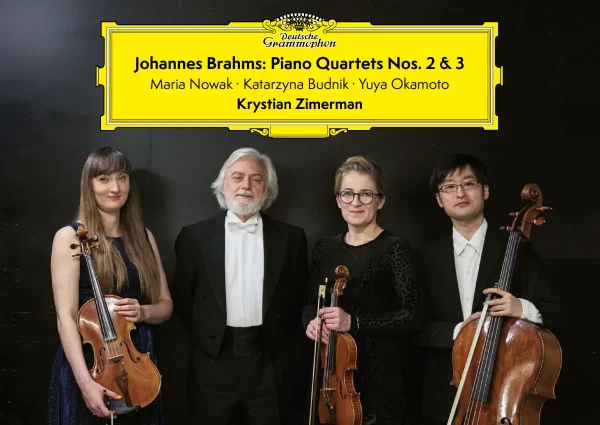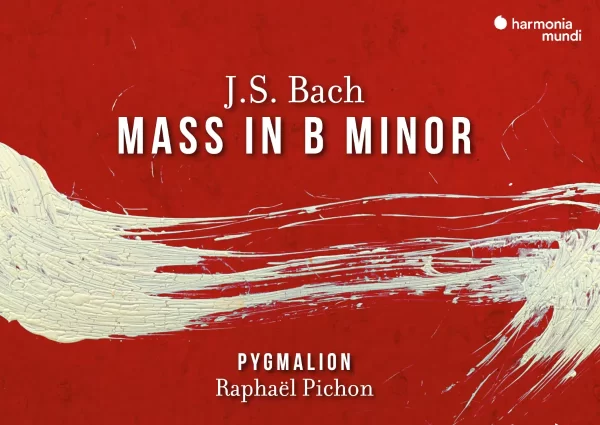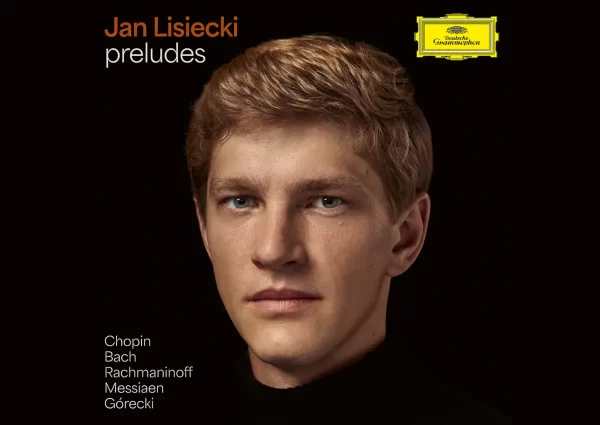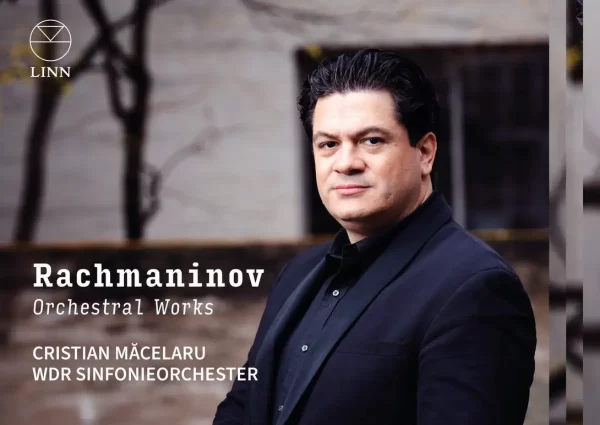Most readers will know Wilhelm Furtwängler as one of the most important conductors of the 20th-century, particularly well regared for his interpretations of music from the Romantic Era. But in his excellent liner notes, Stephen Johnson tells us that the young Furtwängler saw himself primarily as a composer who started conducting to earn a living and to champion his own music. He once described conducting as “the roof under which I have taken refuge in life because I was on the point of going under as a composer.”
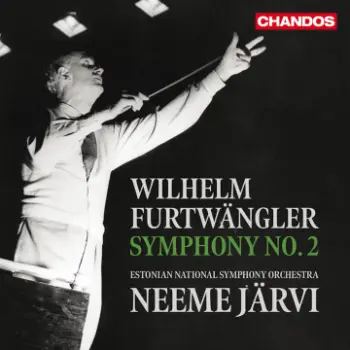
His list of works includes three symphonies, a Symphonic Concerto for piano and orchestra, two violin sonatas, a Piano Quintet, and a Te Deum. All his music, even the chamber works, operates on a Brucknerian length and scale. This new release is the eighth recording of his second symphony, three of which conducted by Furtwängler himself.
The symphony is in four movements, lasting around 80 minutes. The outer movements are in Sonata Form (both lasting close to 30 minutes), with a smaller scaled Andante serving as the second movement, followed ‘without pause’ by a Scherzo-Trio. Listeners will clearly hear the influence of composers Furtwängler admired, especially Strauss and Bruckner. The long-spun melodies are well-crafted, though not particularly memorable, harmonized in a conservative chromatic language lacking the originality of the above-mentioned composers.
I first heard this symphony when I purchased Alfred Walter’s recording with the BBC Symphony Orchestra (Marco Polo). Unfortunately, the performance is dutiful rather than inspired, with surprisingly sloppy playing from the orchestra. Walter’s shows no sense or control of the music’s sprawling structure – in short, a reading that convinced me the work was a failure.
This new performance could not be more different. The playing has real ardor, and Järvi has a sure sense of the work’s sprawling structure. I was most impressed with the playing of the Estonian orchestra. This music (recorded live on June 10 last year) places considerable demands of technique and stamina on the players, but the Estonians are exacting, refined and refulgent.
Järvi’s tempos for the opening movement strikes me as ideal (23’48” versus the composer’s timing of 24’31” in Berlin/DG and 23’51” in Vienna/Orfeo). The second movement, about a minute faster than Furtwängler’s two recordings (and over two minutes quicker than Jochum’s well regarded Bavarian RSO performance on BR Klassik) takes on a Schubertian lyricism, even if it skirts the deeper emotions found in Jochum’s reading. The third movement is immediately engaging, in part because the sound world shifts to something more romantic.
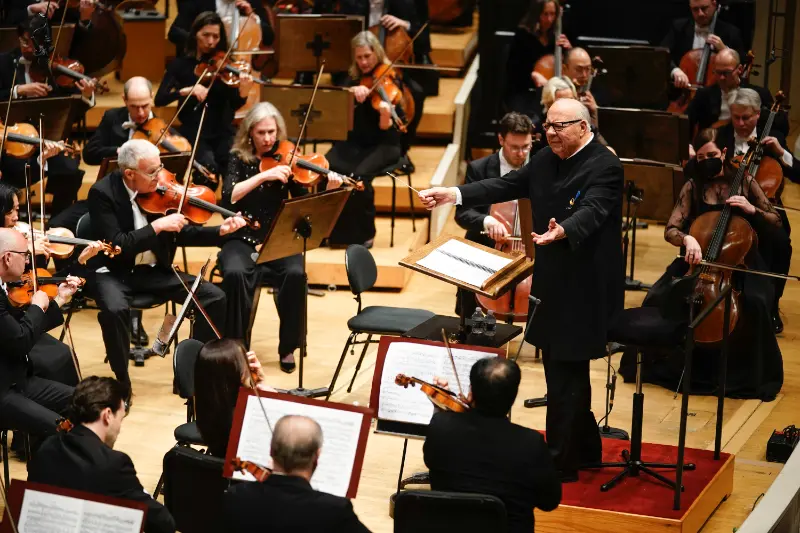
Neeme Järvi (image: ©️ Nuccio DiNuzzo)
Järvi’s final movement is significantly faster (23’13” versus Furtwängler’s 28’35” in Berlin and 27’34” in Vienna, and Jochum’s Bavarian performance lasts 26’58”.) But the composer’s Berlin performance fails to reach the intended ecstatic spiritual apotheosis that is realized in Vienna. But those two performances (as well as the Jochum) are mono recordings, and even in the best remastering, the recordings cannot match the weighty richness and power heard in this new album.
Readers may be aware of Barenboim’s 2002 Chicago recording (Teldec, now Warner Classics). Although difficult to come by and strangely missing from streaming services’ catalogue, it is still the finest performance of all.
I am surprised and disappointed that Chandos did not choose to record it in Super-Audio sound – surely a missed opportunity. Still, the Chandos engineering serves this music better than any other readily available recording.
While this new recording does not convince me that the second symphony is a masterpiece, it did prove far more interesting and engaging than I expected. Listening to it repeatedly has only increased my admiration for the music and its composer.
Recommended Comparisons
Barenboim | Jochum | Furtwängler (Hamburg) | Furtwängler (Stuttgart)

Album Details |
|
|---|---|
| Album name | Wilhelm Furtwängler – Symphony No. 2 |
| Label | Chandos |
| Catalogue No. | CHAN20373 |
| Artists | Estonian National Symphony Orchestra, Neeme Järvi |
Included with an Apple Music subscription:
Latest Classical Music Posts

